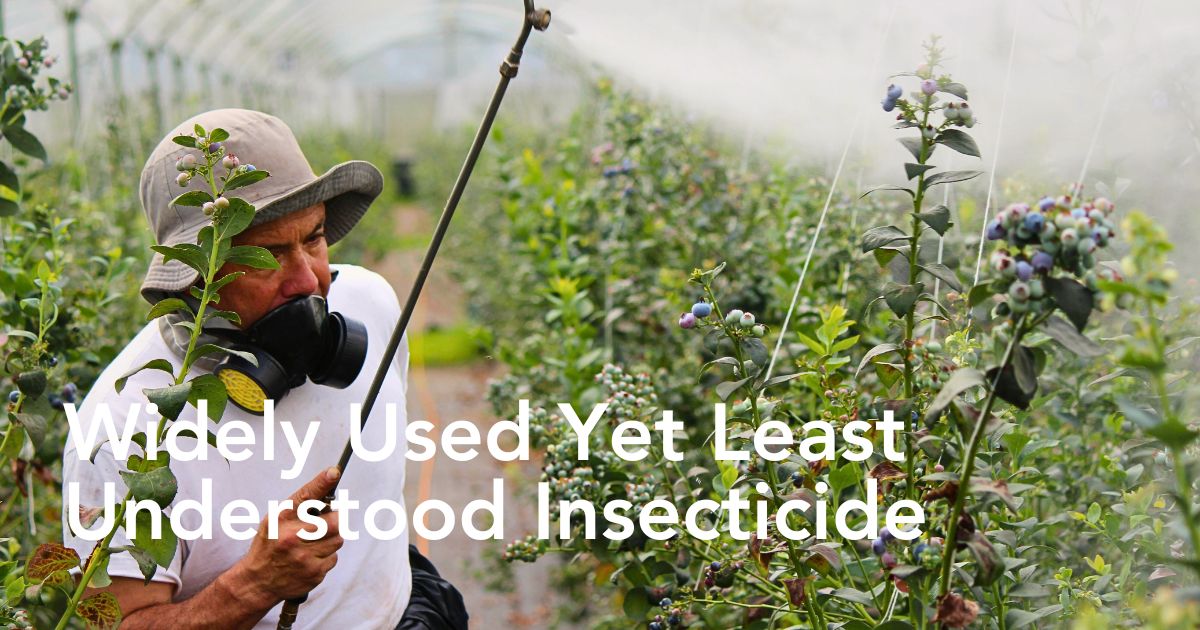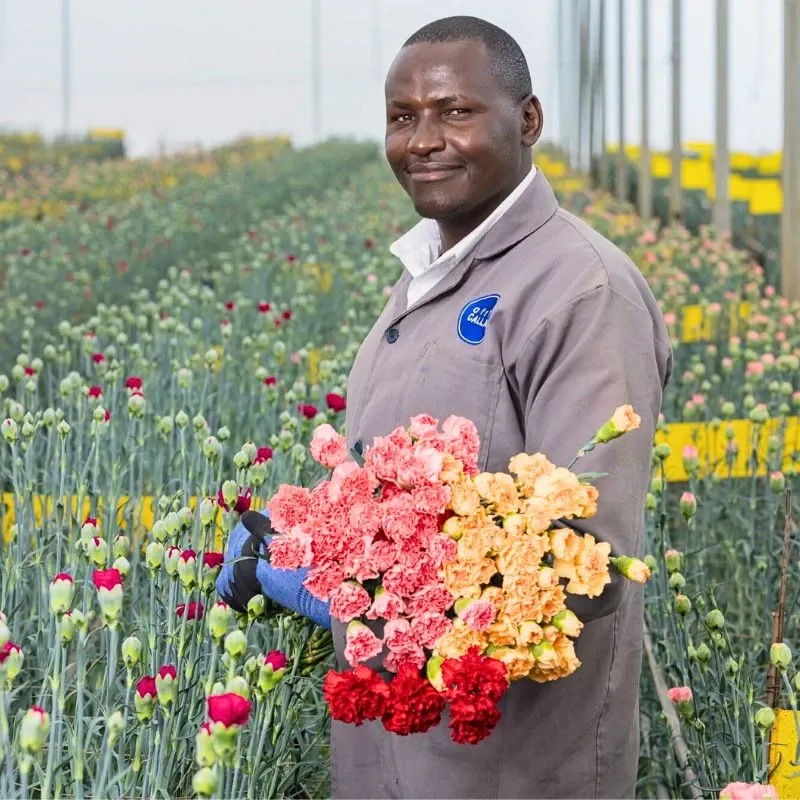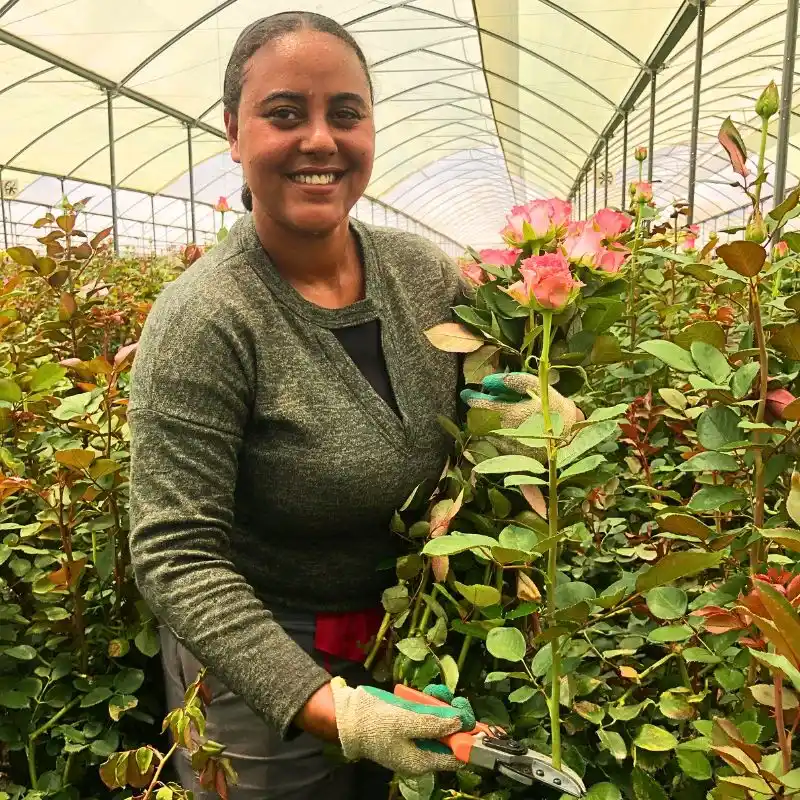Neonicotinoids, often called ‘neonics,’ are one of the most widely used yet least understood groups of insecticides, despite having been deployed in agricultural pest management for at least the past three decades. Even with their widespread use across farms worldwide and their presence in many household pest control products, these powerful chemicals operate largely beneath public awareness. They remain largely misunderstood by the public consciousness, silently protecting crops from destructive insects while simultaneously generating intense scientific and environmental debate.
The Birth of an Insecticide With Enhanced Potency Against Pests
Neonicotinoids emerged in the early 1990s as the result of innovative research, in a quest to replace more toxic organophosphate and carbamate insecticides with safer alternatives. Developed by scientists at Shell and Bayer in the 1980s, these compounds were designed to mimic nicotine—a natural insecticide produced by tobacco plants—but with enhanced potency against insect pests and reduced toxicity to mammals. The name ‘neonicotinoid’ itself reveals their nature—’neo’ meaning new, and ‘nicotinoid’ referring to their chemical similarity to nicotine.

Unlike traditional insecticides that primarily worked through contact, neonicotinoids introduced a new approach: they are systemic, meaning they can be absorbed by plants and transported throughout their tissues, effectively making the entire plant toxic to herbivorous insects. This systemic action, then, represented a significant advancement in pest control technology, offering protection that worked from within the plant itself.
The first commercially successful neonicotinoid, imidacloprid, was patented in 1985. It was launched in the international market in 1991 and became the flagship product that would dominate global markets. By 1999, it had become the world's most widely used insecticide, marking the beginning of what would become the fastest-growing class of insecticides in modern crop protection.
Neonics’ Chemical Structure and Mechanism of Action
Neuro-active molecules are the main compounds that work in neonicotinoids, targeting the central nervous system of insects. Their molecular structure allows them to bind to nicotinic acetylcholine receptors (nAChRs) in insect nerve synapses. When a neonic molecule attaches to these receptors, it triggers continuous nerve stimulation, leading to paralysis and eventually death of the insect. This mechanism proved particularly lethal to sap-sucking and chewing insects that had devastated crops for years.
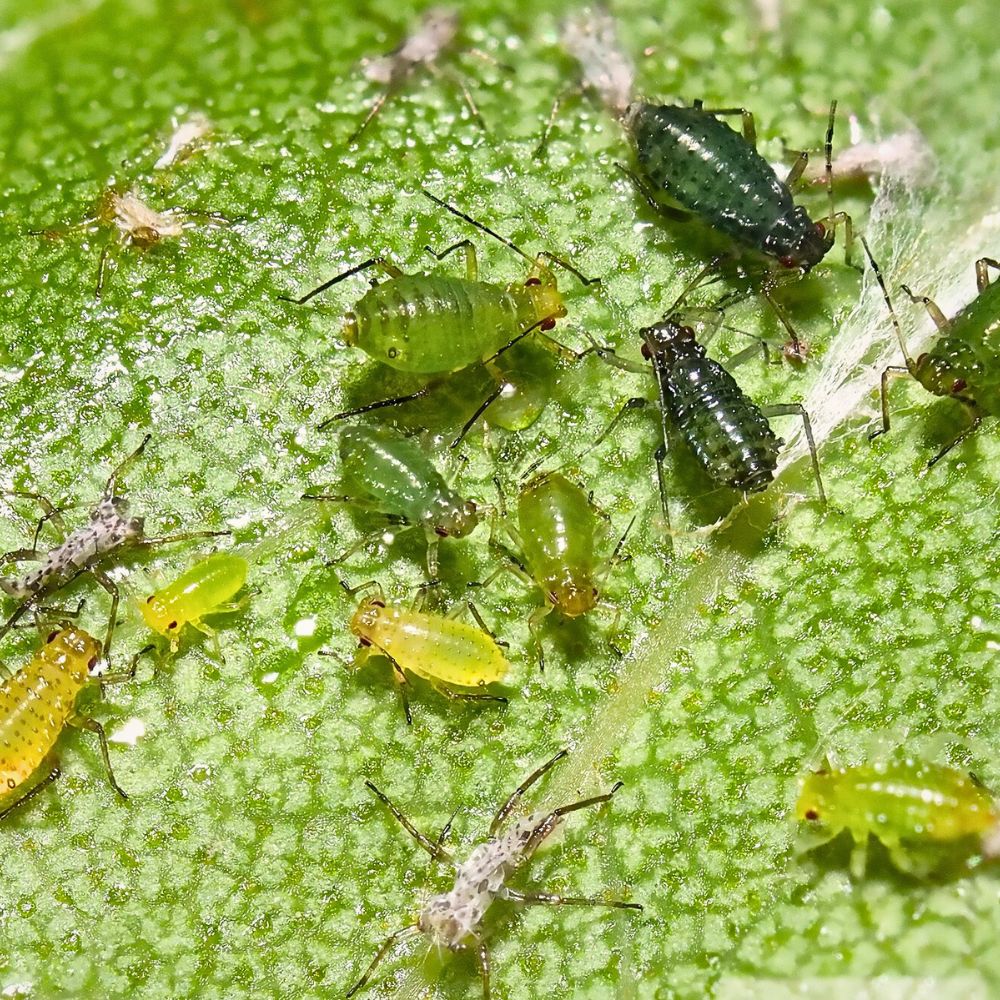
Perhaps what distinguishes neonics from earlier pesticides is their systemic action—when applied as seed coatings, soil drenches, or sprays, plants absorb the chemicals, distributing them through vascular tissues to leaves, flowers, nectar, and pollen. This provided comprehensive protection from root to leaf, creating a protective chemical shield against pests.
Another element that made neonicotinoids particularly effective is their selectivity. They bind much more strongly to insect nAChRs than to those of vertebrates, which theoretically makes them less toxic to mammals, birds, and humans. This selectivity stems from differences in the receptor binding sites between insects and vertebrates, with neonicotinoids having a particular affinity for the unique configuration of insect receptors.
The first generation of neonicotinoids included compounds such as imidacloprid, clothianidin, thiamethoxam, acetamiprid, and thiacloprid. More recent generations have expanded to include cycloxaprid, imidaclothiz, and sulfoxaflor, among others. At least through 2018, imidacloprid has been the most widely used, showing the great commercial success of this chemical class.
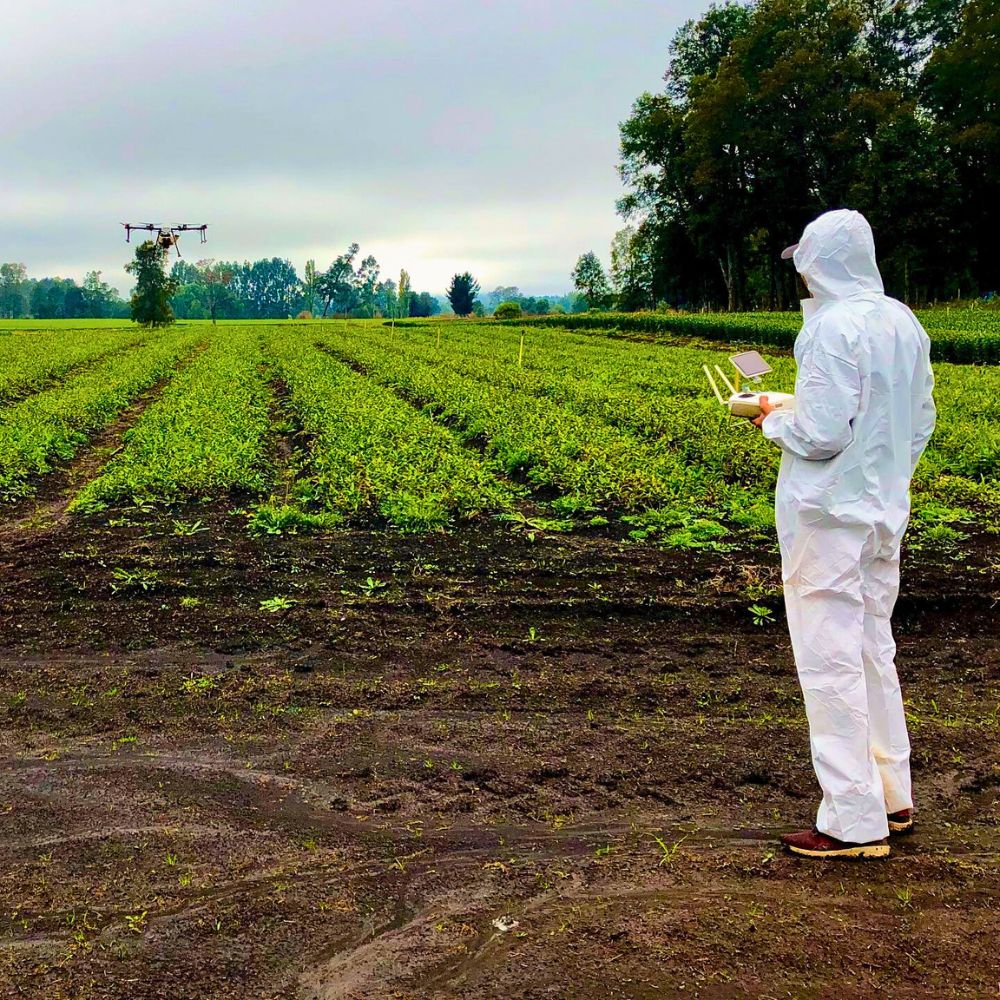
Successful Applications and Usage in Agriculture
Neonicotinoids have achieved remarkable market penetration since their introduction. The global neonicotinoid market was valued at approximately USD 4.46 billion in 2024 and is projected to reach USD 6.10 billion by 2033, growing at a compound annual growth rate of 4.1%. This substantial market share reflects their effectiveness and versatility across numerous agricultural applications.
These insecticides are employed in a variety of ways, with seed treatment being perhaps the most revolutionary and widespread application method. Seeds coated with neonicotinoids allow the growing plant to absorb the insecticide as it develops, protecting it at its earliest stages of growth. This approach can offer protection to seedlings for up to ten weeks and reduce the need for multiple pesticide sprays later in the growing season. Aside from seed treatments, neonicotinoids could also be applied as soil drenches, foliar sprays, or trunk injections for trees.
The resourcefulness of neonicotinoids led to their use on more than 140 different crops worldwide, from staples like corn, soybeans, and wheat to fruits, vegetables, and ornamental plants. They are particularly valued for controlling sap-sucking insects such as aphids, whiteflies, and certain beetles that can devastate crops and transmit plant diseases. Additionally, neonicotinoids have been used in urban pest management, lawn care, and even veterinary medicine for flea and tick control on pets.
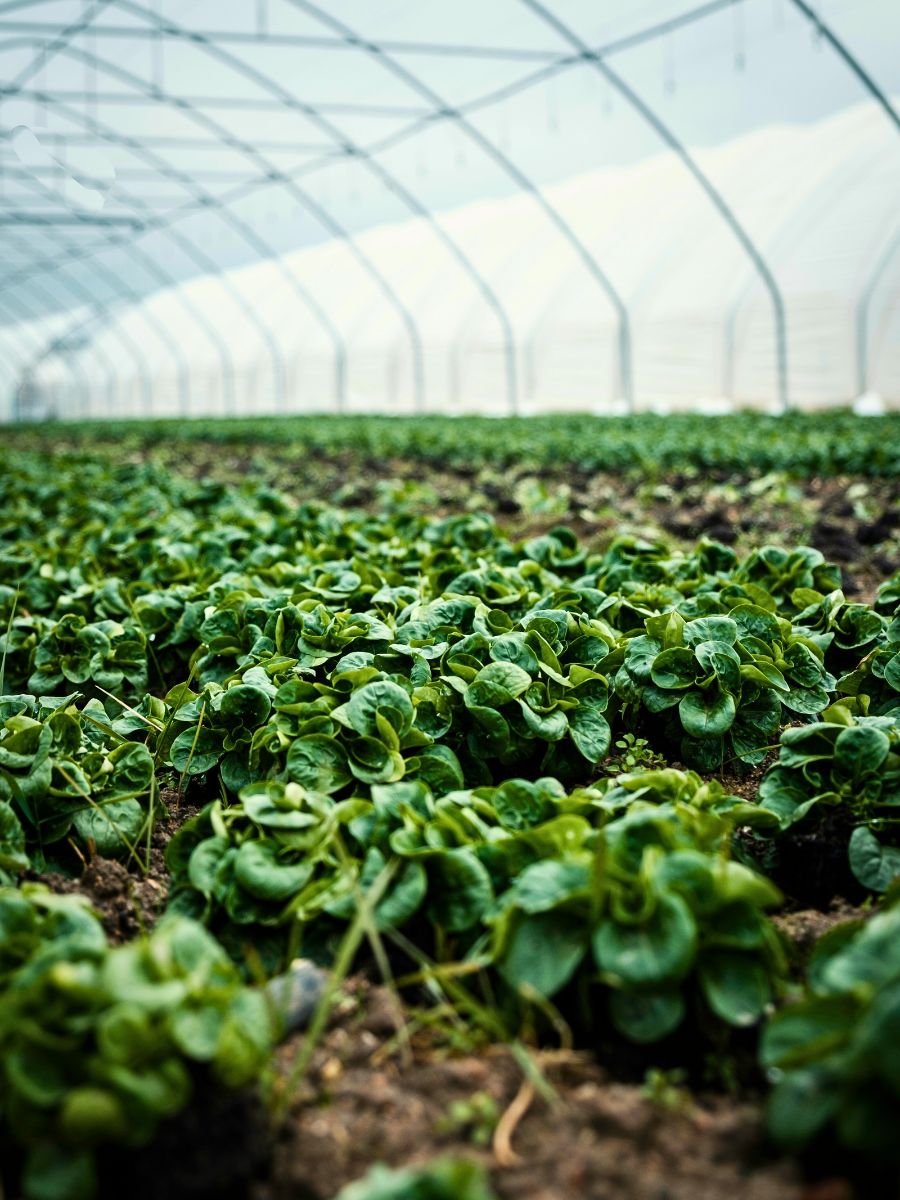
Their widespread adoption is due to their numerous advantages for agricultural production. Their systemic nature provides long-lasting protection against pests that might otherwise require multiple applications of traditional insecticides. This extended protection period translates to reduced labor costs and fewer passes of spray equipment across fields, which can decrease soil compaction and fuel usage.
Field studies have demonstrated that neonicotinoid treatments can significantly improve crop yields, depending on the crop and pest pressure. For soybeans specifically, research indicates an average yield benefit of 3.6%, representing a three-to-one return on investment for growers based on current market prices. Another significant advantage is the reduced environmental footprint compared to older insecticide classes. Neonics were designed to replace broader-spectrum insecticides like organophosphates and carbamates, which often posed greater risks to human applicators and non-target wildlife. Also, the precision of seed treatments means less insecticide is released into the broader environment.
But Are There Hidden Costs?
Many quickly embraced neonics for compelling reasons. As seed treatments, they offered a streamlined approach where only 5% of the active ingredient is absorbed by the crop, while the rest disperses into the environment. This method drastically reduced the need for repeated foliar spraying, theoretically minimizing worker exposure and environmental contamination.

In the United States, neonics became virtually universal in major crops, treating roughly 95% of corn and canola, the majority of cotton and sugar beets, and about half of all soybeans. Their effectiveness against destructive pests translated directly to yield protection and economic stability for farmers. Simply stated, the compounds were celebrated for their lower acute toxicity to mammals compared to previous insecticides, positioning them as environmentally progressive tools.
Neonics may have gained overnight success in terms of their agricultural benefits, but they soon became the center of intense scientific and regulatory debate due to growing evidence of ‘inadvertent’ adverse impacts. The very properties that make them effective insecticides—their systemic nature, water solubility, and persistence—also created a medium for environmental exposure beyond target pests. Their efficiency also sowed the seeds of controversy.
Studies Point Out Controversies and Environmental Concerns
Unlike contact pesticides that remain on plant surfaces, neonics permeate the entire plant, including pollen and nectar. This characteristic turned flowers into chemical delivery systems for pollinators. Research began linking neonicotinoids to alarming declines in honeybees and wild pollinators, with studies demonstrating impaired navigation, reduced queen production, and suppressed immune function. This was perhaps the most publicized concern related to their effects on pollinators, particularly honeybees and wild bee species.
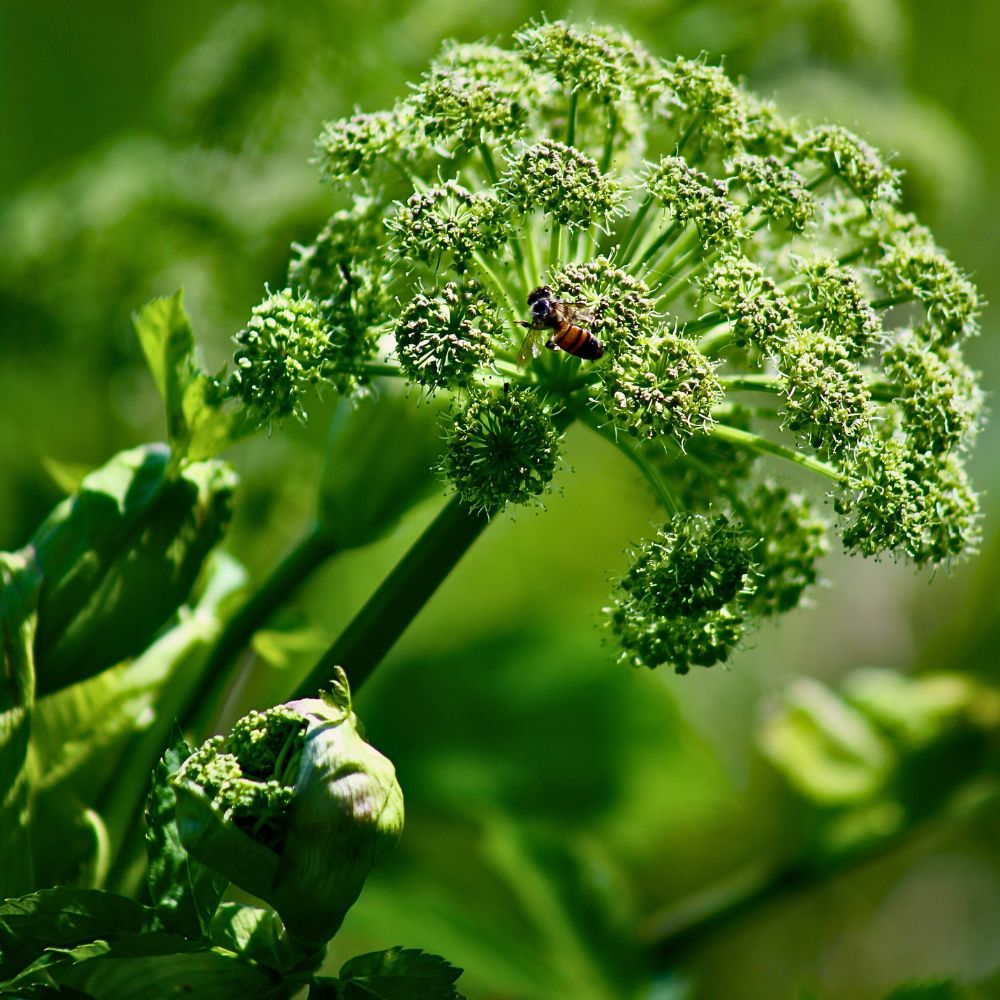
Research has also linked neonicotinoid exposure to various adverse effects, including impaired foraging behavior, reduced brood development, weakened immune systems, and compromised navigation abilities. These sublethal effects could accumulate to impact colony health even when the chemicals don't directly kill the bees. The potential connection between neonicotinoids and Colony Collapse Disorder—a phenomenon where worker bees mysteriously abandon their hives—soon intensified scrutiny of these chemicals.
An early warning came in 2008 with mass bee poisonings in Germany, coinciding with spring planting of neonic-treated (clothianidin) seeds, during the sowing of maize in the Upper Rhine valley and in South Bavaria. By 2013, the European Food Safety Authority declared three key neonics—clothianidin, imidacloprid, and thiamethoxam—a risk to bees, leading to an EU moratorium on their use in flowering crops. Subsequent research revealed broader ecological impacts: only 5-20% of applied neonicotinoids are absorbed by crops, leaving the majority to accumulate in soils where they can persist for years (clothianidin's half-life reaches nearly 19 years) and leach into waterways.
Aquatic ecosystems also proved particularly vulnerable. Being highly water-soluble, neonicotinoids led to widespread contamination of streams, rivers, and wetlands. They also leach through soils while persisting in water bodies, and may affect aquatic invertebrates that form the base of food chains. A 2025 study found that field-realistic concentrations of Ithiacloprid caused ‘severe degradation of ecosystem functioning’ in freshwater environments, upsetting organic matter consumption and primary productivity. Others also detected neonic residues in wetlands and surface waters, posing concerns for aquatic biodiversity.

Human Exposure Is a Cause for Alarm
While regulatory agencies maintain that dietary exposure to neonics falls below established safety thresholds, concerns about human health impacts are growing. Residues have been found to persist in edible portions of fruits and vegetables and cannot be fully removed by washing. Imidacloprid demonstrates the highest detection rate in food items, with squash and spinach often showing elevated levels, since neonics are generally embedded in the structure of the plant itself.
Neonicotinoids have also been detected in breast milk, children’s urine, blood, and cerebrospinal fluid. They likely permeate so from tap water and treated drinking water, grains, fruit, vegetables, processed snacks, pet flea treatments, garden sprays, soil, and playground dust, years after application. Even some foods labelled organic have tested positive, not because they were sprayed, but because of drift, runoff, and residue that reach far beyond where these chemicals are applied.
Research, consequently, now links neonicotinoid exposure to conditions like neurodevelopmental delays, mood, focus, behavioral shifts, thyroid and hormone disruption, immune dysregulation and inflammation, and fertility challenges. Also, this is not just about one exposure, but rather about what happens when a product designed to shut down pest life becomes part of humans’ food system. Animal studies also suggest potential genotoxicity, hepatotoxicity, and developmental neurotoxicity.

The persistence of neonicotinoids in the environment presents another challenge. Depending on soil conditions, some neonics can remain active for months or even years after application. This persistence creates the potential for accumulation with repeated use and exposure of non-target organisms long after application.
Regulatory Response and Global Debates
A growing body of research on neonicotinoid impacts has prompted varied regulatory responses. The EU, for instance, implemented a landmark ban on outdoor uses of several major neonicotinoids in 2018, specifically clothianidin, imidacloprid, and thiamethoxam, citing risks to bee populations. However, the implementation has been inconsistent, with numerous ‘emergency authorizations’ granted by member states for specific uses despite the general ban.
In the US, the regulatory approach has been more measured. The Environmental Protection Agency (EPA) implemented some restrictions on specific neonicotinoid uses but has not enacted broad bans comparable to the EU's approach. In 2022, the EPA concluded that neonicotinoids are likely to adversely affect the majority of federally listed endangered or threatened species and critical habitats, signaling growing regulatory concerns. Canada also introduced tighter regulations in 2019.

Other major agricultural nations, including Australia, Brazil, and Japan, expressed opposition to the EU's approach, arguing that residue limits should be based on food safety considerations rather than environmental impacts. The international disagreement highlighted the complex balance between agricultural productivity and environmental protection that characterizes the neonicotinoid debate.
The Remedy: Use of Integrated Approaches
As the controversy surrounding neonicotinoids continues, researchers and agricultural experts continue to explore more nuanced approaches to pest management that might reduce reliance on these chemicals while maintaining crop protection. The neonics dilemma, therefore, highlights a fundamental challenge: how to protect crops without poisoning ecological networks. Integrated Pest Management (IPM), which combines biological controls, pest-resistant crop varieties, precision agriculture, and chemical interventions only as a last resort, offers promising alternatives.

Strategies like applying neonics outside bloom periods, using precision planting equipment to reduce dust drift, establishing buffer zones near waterways, and applying pesticides only when economic thresholds are exceeded, rather than as preventative measures, often mitigate environmental exposure. Some are exploring alternatives such as biological controls, crop rotation, altered planting times, and the use of less sensitive crops in heavily infested areas.
Organic cultivation methods, likewise, offer another approach, utilizing natural predators, physical barriers, and approved organic pesticides derived from natural sources. These alternatives include acetic acid, dormant oils, insecticidal soaps, and various biological control agents. The concept of Integrated Pest and Pollinator Management (IPPM) presents another framework that specifically aims to balance effective pest control with pollinator protection. This approach considers both the timing of insecticide applications to minimize pollinator exposure and the selection of chemicals with lower impacts on beneficial insects.
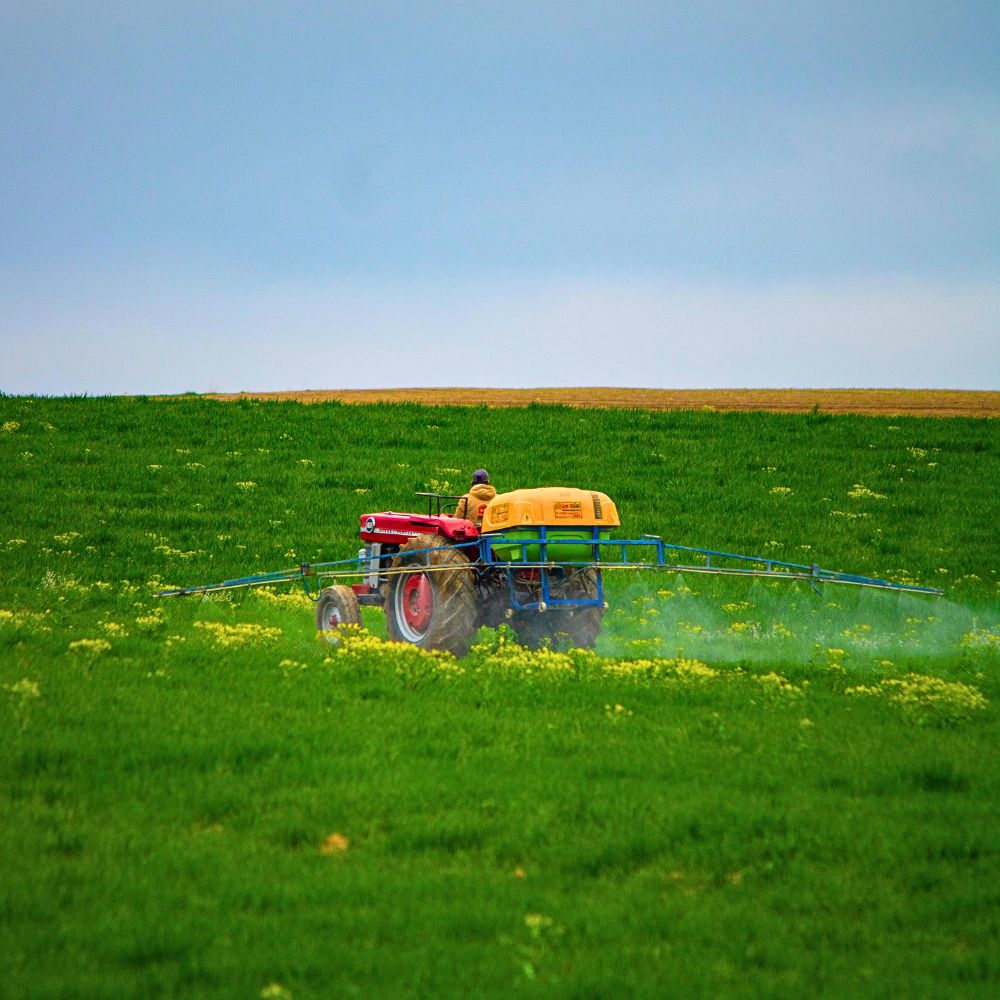
Even so, transitioning requires investment in farmer education, monitoring infrastructure, and new technologies, with the horticulture industry facing particular challenges as consumer awareness grows, as surveys show that more buyers now recognize neonicotinoids, with this group showing a preference for neonic-free plants. Clearly, the story of neonics remains unfinished.
Ongoing research continues to uncover subtle effects, while regulatory frameworks evolve in response. What remains is that these insecticides have visible consequences, from the quiet loss of bees in farmlands to the chemical traces in waterways and food systems. Understanding them offers insights for navigating the future of crop cultivation.
Feature image by @kramp_uk, header image by Laura Arias.

